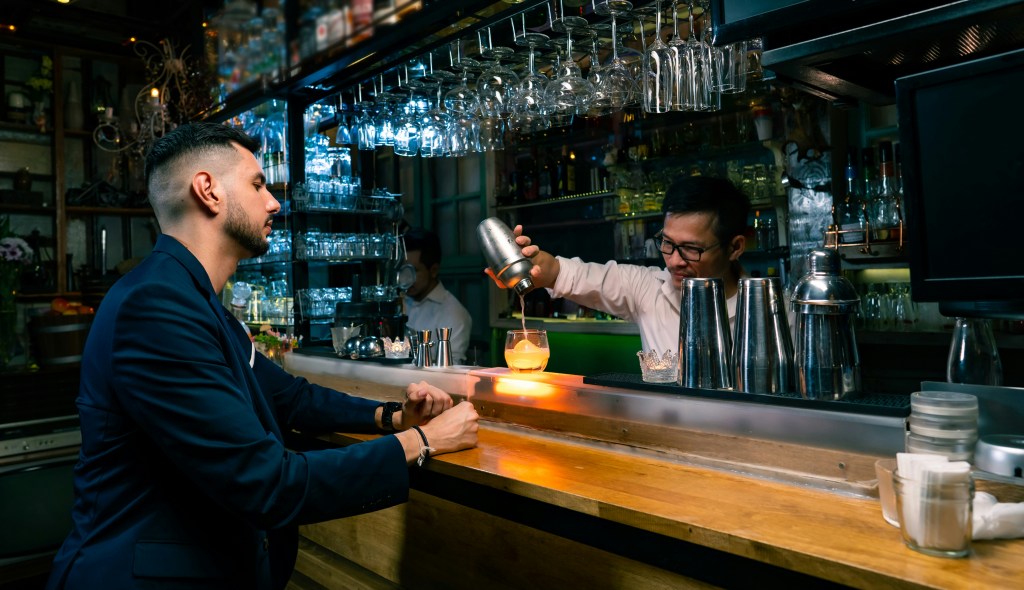2020 Health and Wellness Trends
The biggest topic on everyone’s mind in 2019 was sustainability. So, this topic took center stage in our forecasting for the state of wellness at the start of 2020. But, there’s one factor we couldn’t have foreseen in 2019: COVID-19. The pandemic caused major disturbances across all industries and the health and wellness market was no different.
Here are a few predictions for 2020 we made in 2019:
1. Sustainable products take center stage
Though sustainable products did see some growth in 2020, the trends were not in line with our original predictions. As COVID-19 lockdowns began and fewer consumers were concerned about the sustainability of their purchases. Early signs were that more consumers than ever were going to put sustainability first. But, the pandemic meant that consumers were putting health claims first. This affected the growth of many sustainable brands in 2020. However, brands that could do both managed to truly hit their stride and outpace the competition.
2. Cannabis sales soar
Products containing cannabinoids saw much stronger growth than originally forecasted. In prior years, we saw sales growth starting to increase pace as more consumers saw the unique value in cannabis-related products. This trend even reached into the pet market with strong CBD sales for pets. In 2018 alone, regulated adult use cannabis retailers in California, Colorado, Nevada, and Washington rung up $9.4 million in just pet product sales. By the time the pandemic came around, these products became even more profitable. More consumers sought their own wellness relief, so brands selling products containing cannabinoids saw stronger revenue than projected.
3. Label transparency becomes key
We’ve been touting the value of label transparency for some time. Consumers have been caring more about the ingredients and claims made on the products they purchase. The pandemic only served to heighten shopper scrutiny and resulted in demand for more transparency and quality assurances that lasted well beyond the pandemic. Brands that leaned into these principles found themselves better positioned to maintain shopper trust and loyalty. It also helped promote their products online and ensure the O2O transition was smooth.
4. Omnichannel sales growth
Here’s one area where we simply couldn’t have predicted the sudden shift in demand. Though consumer trends showed more shoppers adopting an omnishopping approach, 2020 kicked it into high gear. That year, NielsenIQ Connect data showed FMCG omnichannel retail shopping increased by 50% year-over-year, with nearly half leading to e-commerce purchases. Online shoppers became more invested than their brick-and-mortar counterparts in searching for the best product to fit new needs. As a result, increased planning efforts for online grocery purchases into the new normal.
2021 Health and Wellness Trends
In 2021, the pandemic was in full force and the forecast for the year was heavily focused on consumers’ mental health, at-home wellness practices, and inflation. Unlike the previous year, these forecasts were very accurate as there were major surprises.
Here are a few predictions for 2021 we made:
1. The ongoing recession
This would surprise no one, there were plenty of warning signs by the end of 2021 that the recession was going to continue, and likely worsen. Inflation in 2021 was on the rise and signs pointed to the trend continuing into 2022. So much so, that we’ve created a global inflation hub to help brands of all sizes access the data and insights they need to plan for the future. One of the biggest takeaways is that you really need to understand consumers’ changing habits to better strategize how to meet demand and keep sales growing.
2. More shoppers focused on product attributes
There’s a reason our Total Wellness packages offer such granular insight into product attributes. But, the pandemic led more consumers to being shopping online for even basic staples and groceries. Online shopping has only increased the ability for consumers to directly seek the attributes they want in a product. Brand is playing less of a role in conversions than ever. This means you really need to understand what your target market cares about and have a grasp on stated vs. qualified product attributes. Brands that highlight relevant attributes saw stronger growth in 2021 than those that didn’t.
3. Mental health industry growth
After seeing the shift in demand in 2020, we accurately noted that one of the fastest-growing segments for 2021 would be in the mental health space. According to our 2021 NielsenIQ Global Health & Wellness Study, 1 in 3 (35%) surveyed consumers across the globe state that COVID-19 has had a negative impact on their mental health. This meant that brands that were focused on mental health saw stronger growth than those that didn’t. More and more, preservation-focused needs are being met with self-care regimes that involve leveraging food as medicine. To meet this trend, a number of brands are tapping into holistic, functional foods to help consumers manage their mental health.
2022 Health and Wellness Trends and Beyond
To help brands better prepare for future trends, our team took a comprehensive look at the current state of wellness in 2022. This data has been compiled for you in our eBook the 2022 Watchlist: The Future of Health and Wellness in the U.S. Awaits. In the book, we cover the growing trends of 2022 and how you can use these trends to plan your growth strategically.
Here are a few of the trends we’re seeing that look to continue to grow:
1. Subscription shopping trends
For the past few years, the subscription model for FMCG and CPG products has been growing. Even as we seemingly emerge from our pandemic lockdowns, this trend looks like it will continue to grow. Many consumers are now used to the convenience factors involved. Subscription services sales have increased an impressive 50% year-over-year. According to NielsenIQ’s U.S. omni-panel health data, food and personal care products in particular exhibited a market expansion in omnichannel. This opens many new sources of revenue for existing wellness brands.
2. A behavioral reset in the post-COVID era
One of the biggest questions on everyone’s mind is, “What happens now?” For a brief period, the belief was that consumers would return to “normal” in the post-COVID era. However, the data is showing that many of the trends we saw emerge or grow more rapidly during the pandemic are here to stay. The new behaviors of consumers going forward will include being more thrifty with their spending, paying closer attention to product attributes, and having a renewed focus on healthier living. We even put together a free eBook to help smaller brands cope with these changes called The State of SMB in a Post-COVID Era.
3. Continued growth of plant-based products
One market that has truly blossomed in the past few years is plant-based products. During the pandemic, as consumers focused on their physical and mental health more than ever, meat and dairy alternatives saw sharp increases. Today, consumers are trying a novel approach as ”flexitarians.” For example, NielsenIQ Product Insight indicates a 17% dollar sales growth in vegan products but only 2% of Americans adhere to the diet. This opens the door for plant-based brands to reach more customers who aren’t strictly plant-based. Going forward, the plant-based market will continue to become interwoven with the average consumer’s dietary shopping.

Use Data to Plan for an Even More Successful 2023
Balancing health and wellness trends with revenue goals and market growth can be tough. Investing in data can make all the difference. NielsenIQ has got you covered. NielsenIQ tracks 1,000+ attributes across total store and 250+ NielsenIQ-only attributes and can get granular with Product and Label Insights.
Learn more about our Total Wellness offerings and sign up for a demo to see this attribute data in action. Our team is always here to help you get the data you need when you need it.
As the owner of a small CPG brand, the power to emerge on top of the wellness landscape rests in your hands. Fortunately, our Byzzer platform can help by providing comprehensive reports that help you understand shoppers’ needs and behaviors better. Best of all, we’ll give you actionable insights so that you know what to do next to grow your brand.



